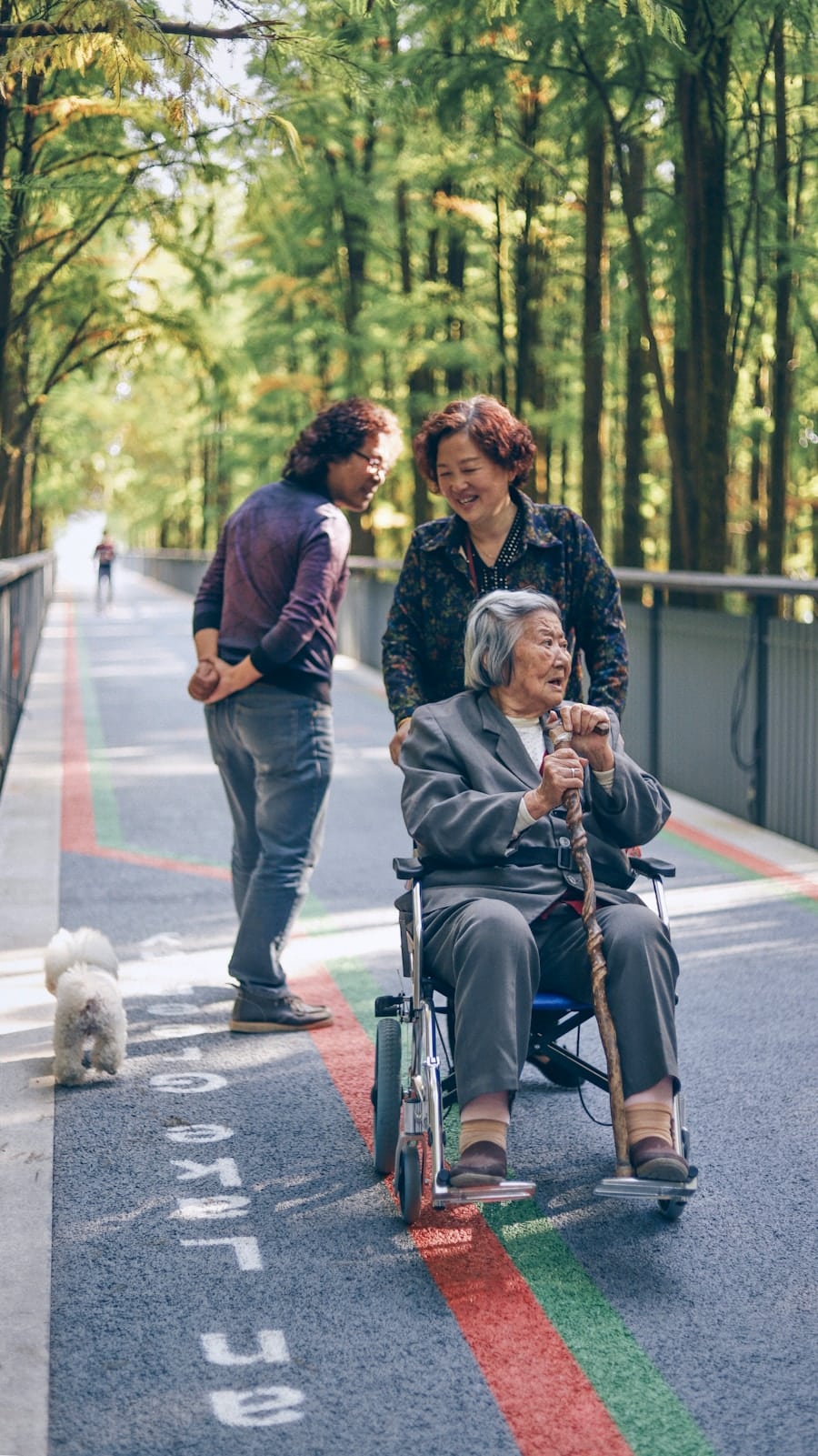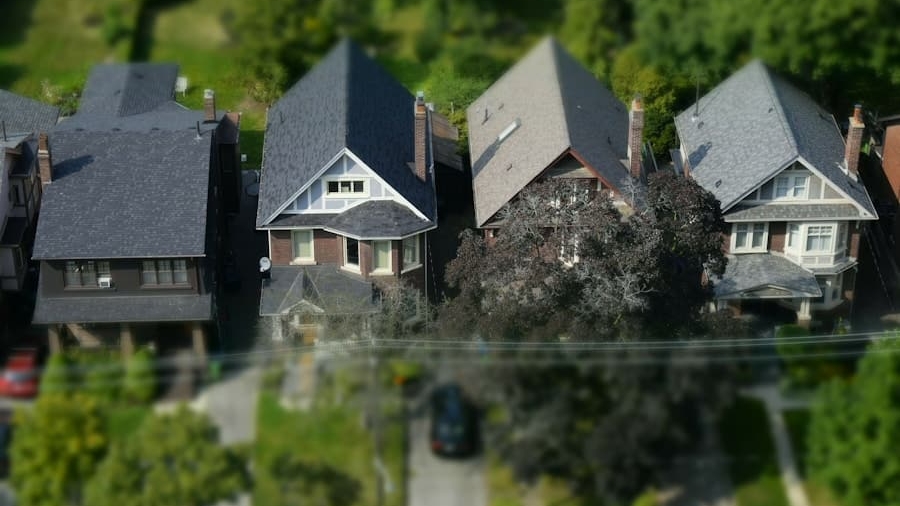As the global population ages, the need for innovative solutions to support the elderly has become increasingly pressing. Adaptive smart homes represent a transformative approach to addressing the unique challenges faced by aging individuals. These homes are equipped with advanced technologies that not only enhance the living environment but also cater specifically to the needs of older adults.
By integrating various smart devices and systems, these homes can adapt to the changing requirements of their inhabitants, promoting safety, comfort, and independence. The concept of adaptive smart homes encompasses a wide range of technologies, from simple automation systems to complex artificial intelligence (AI) applications. These homes can monitor health metrics, provide reminders for medication, and even facilitate communication with caregivers and family members.
The integration of AI into these systems allows for a level of personalization and responsiveness that traditional home environments cannot offer. As we delve deeper into the benefits and functionalities of AI in adaptive smart homes, it becomes clear that these innovations are not merely conveniences; they are essential tools for enhancing the quality of life for aging populations.
Key Takeaways
- Adaptive smart homes use AI to cater to the specific needs of aging populations, promoting independence and safety.
- AI in smart homes offers benefits such as personalized health support, safety features, and social connection for aging residents.
- AI-enabled monitoring and assistance in smart homes provide real-time support for aging residents, ensuring their well-being.
- AI-driven safety and security features in smart homes include fall detection, emergency response systems, and smart locks for added protection.
- Personalized health and wellness support through AI in smart homes includes medication reminders, health monitoring, and virtual assistance for medical needs.
The Benefits of AI in Creating Adaptive Smart Homes
The incorporation of AI into smart home technology offers numerous advantages that significantly improve the living conditions for older adults. One of the most notable benefits is the ability to create a highly personalized living environment. AI systems can learn from the behaviors and preferences of residents, adjusting lighting, temperature, and even entertainment options to suit individual needs.
For instance, if an elderly resident prefers a warmer environment during the evening hours, the AI can automatically adjust the thermostat based on historical data and user preferences. Moreover, AI enhances the efficiency of home management tasks. Smart appliances can communicate with one another, optimizing energy usage and reducing costs.
For example, a smart refrigerator can track food inventory and suggest recipes based on available ingredients, while also alerting residents when items are nearing expiration. This not only promotes healthier eating habits but also reduces food waste, which is particularly beneficial for older adults who may be on fixed incomes. The seamless integration of these technologies fosters an environment where aging individuals can maintain their independence while enjoying the comforts of modern living.
AI-Enabled Monitoring and Assistance for Aging Residents

One of the most critical aspects of adaptive smart homes is their ability to monitor the health and well-being of aging residents. AI-enabled systems can track vital signs such as heart rate, blood pressure, and activity levels through wearable devices or integrated sensors within the home. This continuous monitoring allows for early detection of potential health issues, enabling timely intervention by healthcare professionals or family members.
For instance, if a resident’s heart rate exceeds a certain threshold, an alert can be sent to caregivers or emergency services, ensuring that help is on the way. In addition to health monitoring, AI can provide assistance with daily activities. Voice-activated virtual assistants can help residents manage their schedules by setting reminders for medication or appointments.
By providing both health monitoring and daily assistance, AI-enabled smart homes create a supportive environment that empowers aging individuals to live independently while ensuring their safety and well-being.
AI-Driven Safety and Security Features in Smart Homes
Safety is a paramount concern for aging populations living alone or with limited mobility. AI-driven safety features in smart homes address these concerns by incorporating advanced security systems that provide peace of mind for both residents and their families. Smart doorbells equipped with facial recognition technology can identify visitors and alert residents about who is at their door, allowing them to feel secure without needing to physically answer it.
Additionally, motion sensors can detect unusual activity within the home, sending alerts if there are signs of a fall or other emergencies. Furthermore, AI can enhance fire and carbon monoxide safety through intelligent detection systems that differentiate between false alarms and genuine threats. For example, an AI system can analyze smoke patterns and determine whether it is caused by cooking or an actual fire hazard, thereby reducing unnecessary panic and disruption.
These safety features not only protect residents but also provide reassurance to family members who may worry about their loved ones living independently. The integration of such technologies creates a comprehensive safety net that is crucial for aging populations.
Personalized Health and Wellness Support through AI in Smart Homes
Personalized health and wellness support is another significant advantage offered by AI in adaptive smart homes. These systems can tailor health programs based on individual needs, preferences, and medical histories. For instance, an AI-driven platform can analyze data from wearable devices to create customized exercise regimens that consider an individual’s physical capabilities and limitations.
This personalized approach encourages older adults to engage in physical activity safely while promoting overall health. Moreover, nutrition plays a vital role in maintaining health as people age. AI systems can assist in meal planning by considering dietary restrictions, preferences, and nutritional needs.
For example, if a resident has diabetes, the system can suggest recipes that are low in sugar while still being enjoyable to eat. Additionally, smart kitchens equipped with AI can guide users through cooking processes step-by-step, making meal preparation more accessible for those who may struggle with complex tasks. By providing tailored health and wellness support, adaptive smart homes empower aging individuals to take charge of their health in a way that is both manageable and effective.
The Role of AI in Promoting Independence and Social Connection for Aging Populations

One of the most profound impacts of adaptive smart homes is their ability to promote independence among aging populations. By leveraging AI technologies, these homes enable older adults to perform daily tasks with greater ease and confidence. For instance, automated lighting systems can be programmed to turn on as residents move through their homes, reducing the risk of falls in dimly lit areas.
Similarly, smart appliances can simplify household chores such as laundry or dishwashing, allowing residents to maintain their independence without relying heavily on external assistance. In addition to fostering independence, adaptive smart homes also play a crucial role in enhancing social connections for older adults. Many AI systems include features that facilitate communication with family members and friends through video calls or messaging platforms.
This connectivity helps combat loneliness and isolation, which are common issues faced by aging individuals. Furthermore, some smart home systems offer social engagement features such as virtual games or community events that encourage interaction with peers. By bridging the gap between technology and socialization, adaptive smart homes create environments where older adults can thrive both independently and socially.
Overcoming Challenges and Ethical Considerations in Implementing AI in Smart Homes for Aging Populations
While the benefits of AI in adaptive smart homes are substantial, there are also challenges and ethical considerations that must be addressed. One significant concern is data privacy; as these systems collect sensitive information about residents’ health and daily activities, ensuring that this data is protected from unauthorized access is paramount. Developers must implement robust security measures to safeguard personal information while also being transparent about how data is used.
Another challenge lies in ensuring accessibility for all aging individuals, particularly those who may not be technologically savvy or have limited financial resources. It is essential to design user-friendly interfaces that cater to varying levels of technological proficiency while also considering affordability in product development. Additionally, there is a need for ongoing education and support for users to help them navigate these technologies effectively.
Addressing these challenges requires collaboration among technology developers, healthcare providers, policymakers, and community organizations to create inclusive solutions that benefit all aging populations.
Future Trends and Innovations in AI-Driven Adaptive Smart Homes for Aging Populations
Looking ahead, the future of AI-driven adaptive smart homes for aging populations promises exciting innovations that will further enhance the quality of life for older adults. One emerging trend is the integration of advanced robotics into smart home environments. Robots designed for companionship or assistance with daily tasks could become commonplace in adaptive homes, providing both practical support and emotional connection for residents.
Additionally, advancements in machine learning algorithms will enable even more sophisticated personalization within smart home systems. As these algorithms become more adept at understanding individual preferences and behaviors over time, they will be able to anticipate needs before they arise—whether it’s adjusting environmental settings or suggesting activities based on mood or health status. Furthermore, as telehealth continues to evolve, we may see greater integration between smart home technologies and healthcare services.
Remote monitoring capabilities could allow healthcare providers to access real-time data from patients’ homes, facilitating proactive care management without requiring frequent office visits. In conclusion, adaptive smart homes equipped with AI technologies represent a significant advancement in supporting aging populations. By addressing health monitoring, safety concerns, personalized wellness support, and social connectivity while navigating ethical challenges, these innovations hold the potential to transform how older adults live independently in their own homes.
In a related article, How to Choose the Best Smartphone for Gaming, the focus shifts to the importance of selecting the right device for optimal gaming experiences. Just as adaptive smart homes cater to the needs of aging populations, choosing the right smartphone can significantly enhance the gaming experience for users. Both articles highlight the importance of technology in improving quality of life and user satisfaction.
FAQs
What is AI?
AI, or artificial intelligence, refers to the simulation of human intelligence in machines that are programmed to think and act like humans. This includes tasks such as learning, problem-solving, and decision-making.
What are smart homes?
Smart homes are residences that use internet-connected devices to enable the remote monitoring and management of appliances and systems, such as lighting and heating. These devices can be controlled by a smartphone or other networked device.
How can AI be used in creating adaptive smart homes for aging populations?
AI can be used in creating adaptive smart homes for aging populations by integrating sensors and devices that can monitor the health and well-being of the residents. AI can analyze the data collected from these sensors to detect patterns and changes in behavior, and then make adjustments to the home environment to support the needs of the aging population.
What are the benefits of using AI in adaptive smart homes for aging populations?
The benefits of using AI in adaptive smart homes for aging populations include improved safety and security, enhanced independence for the residents, and the ability to provide personalized care and support based on the individual needs of each resident.
What are some examples of AI-powered devices in adaptive smart homes for aging populations?
Examples of AI-powered devices in adaptive smart homes for aging populations include smart thermostats that can adjust the temperature based on the resident’s preferences and activity levels, smart lighting systems that can adjust the brightness and color temperature to support circadian rhythms, and health monitoring devices that can track vital signs and detect falls.

